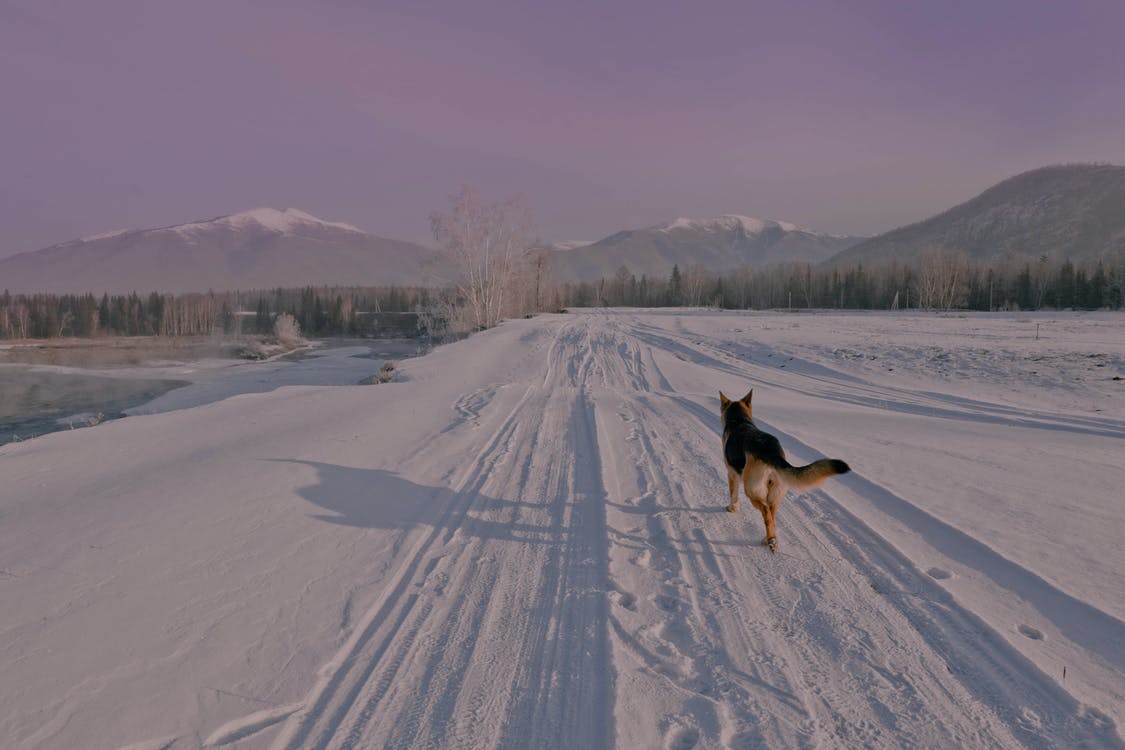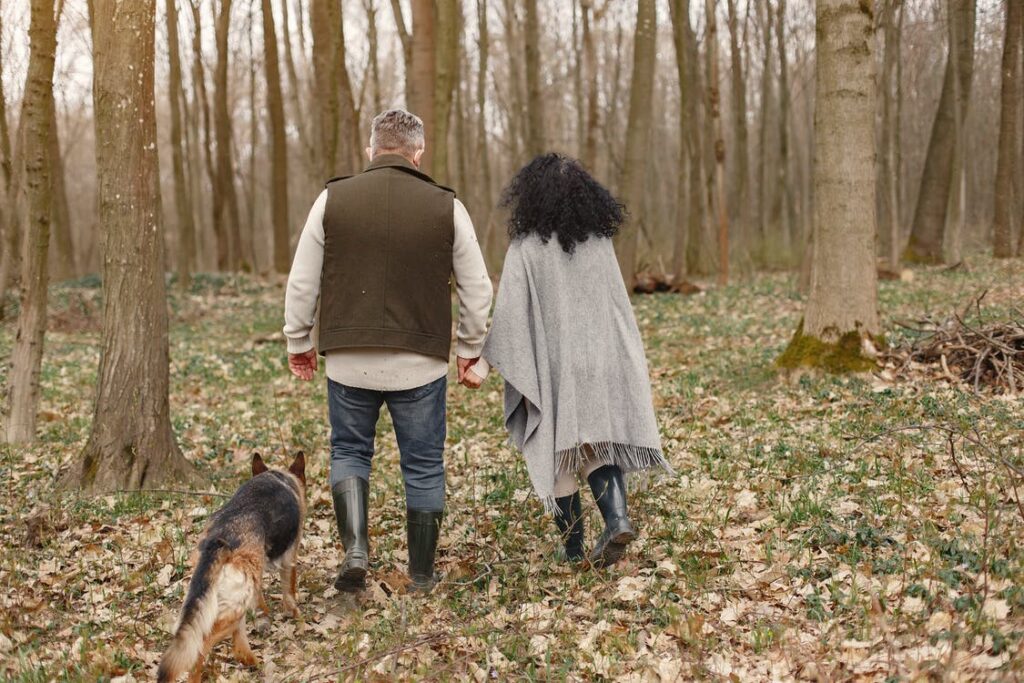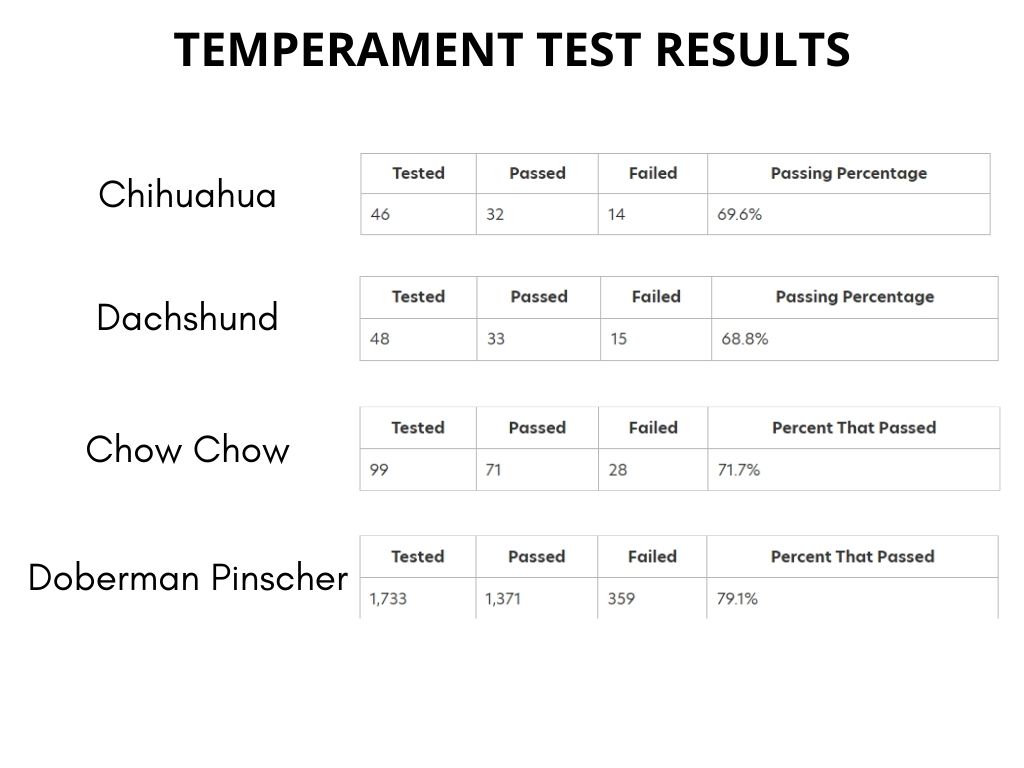Training Your Dog To Walk Without A Leash
Whether you’ve recently brought home that little, fluffy bundle of puppy joy or recently found your perfect canine partner at the local shelter, every dog-owner relationship requires a significant amount of time and work to teach crucial life lessons and skills. Our dogs aren’t born knowing how to understand human language, and they surely aren’t born knowing how to walk politely on a leash.
Every dog should be able to walk on without a leash at some point. It not only allows them to go with you, their favorite human, but it also builds trust and camaraderie.
Is it OK to Walk Your Dog Without a Leash?
It depends on where you live and the type of dog you have.
In many places, it is legal for owners to let their dogs roam free in public places. This is often called “off-leash” walking or “freedom” walking. The idea behind this practice is that dogs will be more obedient when they are not confined to a leash and will behave better when they are allowed to explore their surroundings and interact with other dogs and people.
However, there are some areas where it’s not legal for owners to walk their dogs off-leash. If you live in one of these areas, it is important that you know the rules so that you don’t get fined or otherwise punished for breaking them.
Some cities have designated areas where dogs can be off-leash and others do not allow any dogs at all without leashes — even if they’re just going for a stroll around the block or visiting friends at home.
Why Dogs Should Be Off-Leash?
Dogs should learn this skill because it helps them become more autonomous and confident. Dogs that are allowed to roam freely around their environment develop a sense of self-reliance that reduces their dependence on their owners. This makes them less likely to engage in destructive behaviors like chewing furniture or barking when left alone because they have something else to occupy their time with besides you!
Finally, dogs who are allowed to roam freely around their environment will be much healthier than those who are constantly tethered by a leash. This is because walking off-leash allows your dog’s body to move freely through all its joints which improves circulation and reduces stiffness in joints associated with arthritis or hip dysplasia (which is common in larger breeds).
1. Know The Basic Commands First
For your dog to walk alongside you without a leash and remain obedient, they must first learn the basic commands. They shouldn’t come across these for the first time during dog training because they should have absorbed this information by now.
The following are some commands that your dog should know:
- Sit down
- Stand up
- Wait
- When you call them, they will come.
The most vital dog command for your dog to walk without a leash is that they come to you when you call them by name. Otherwise, you risk your pet fleeing, making it extremely difficult to locate them.
2. Play Hide and Seek with Your Dog
Hide and seek is a great way to help your dog learn to focus on you. When they’re learning to walk without a leash, they need to be able to focus on you and pay attention for them to be successful.
One of the best ways to do that is by playing hide and seek with them.
When you play hide and seek with your dog, they will have a lot of fun trying to find you while also learning what it means when you tell them “come.” This makes it easier for them once they’re out on walks because they already know what “come” means when they hear it from you.
Another benefit of playing hide and seek with your dog is that it builds trust between the two of you.
3. “Heel Position” Will Make Things Better
When you’re ready, start teaching your dog that when they walk beside you, good things happen. This can be on either the left or right side, depending on your desire.
Try taking one or two steps forward and rewarding your dog with the hand on the other side of the dog. The right-hand treat your dog if he is on the right side. This is essential information! Your dog will return to the place where the reinforcement was given. As your dog gains proficiency, repeat the process, rewarding less frequently.
4. What to Do When Pulling Happens
Your dog pulls because it has previously helped him get where he wants to go. So now you have two options if that leash grows tense. First, abruptly change directions and head in a different direction. Another alternative is to come to a complete stop, back up until your dog rejoins you, and then proceed.
5. Make The Walking Space Larger
The most important thing to remember is that this is not a one-minute process. It takes time, patience, and commitment on your part.
As your dog becomes more accustomed to this new manner of walking, you can gradually introduce them to larger parks with more people and dogs, as long as they have been properly socialized.
Also, take them on walks with other dogs who are well-mannered and calm. This will help your dog learn how to behave in different situations and around other dogs.
What Age Should You Let Dog Off Lead?
Are they socialized? Can they be trusted around other dogs? Are they trained? Have they had any accidents in the past?
Canine experts typically recommend waiting until your dog is at least one year old before taking them out for walks without a leash. As long as your pup is well-socialized and trained, you shouldn’t have any problems taking them for walks without leashes when they’re this age.
There are, however, some guidelines that can help you make an informed decision about when your dog is ready for this experience.
The first step in deciding when to start letting your dog off the lead involves assessing his temperament and behavior. If he’s not very reliable around other dogs or people — or if he has a tendency to chase other animals — then it’s probably not a good idea to start him on an off-leash training program.
You also want to make sure that your skills are up to par before you take on this task. It’s important to be able to call your dog back when he gets too far away from you or into trouble — especially if he tends to run away from you rather than toward you when called.
What To Avoid When Teaching Your Dog to Walk Without a Leash
Here is a list of things you must NOT do while walking your dog without a leash:
Do not chase your dog. It’s important to understand why you shouldn’t chase your dog. When dogs are being trained to walk without a leash, they need to learn that when they are in the house, they are under your supervision. If they see something that interests them, they need to come back immediately when called.
If you chase them down and punish them for not coming back right away, you are sending the message that it’s okay to run off and not come back for a bit if there is something interesting out there. This can lead to problems down the road when you have guests over or your dog gets spooked by something and runs away from you.
. This can be dangerous if there are wild animals around. Your dog could get lost and injured and it will be difficult for you to find them.
Refrain from giving sugar to your dog before the training. Giving your dog sugar-rich drinks or food will make your dog feel energetic thus your dog may become wild and wont listen to you. This could cause problems and accidents that you do not want to happen.
Want to make your dog listen to you while off-leash? Here’s the trick! Off Leash Training: How to Train Your Dog To Listen Off Leash






